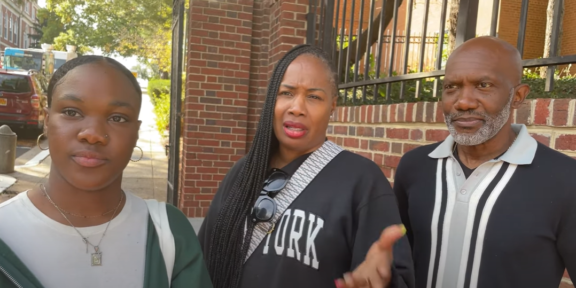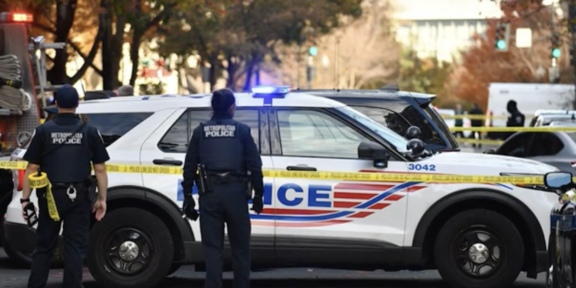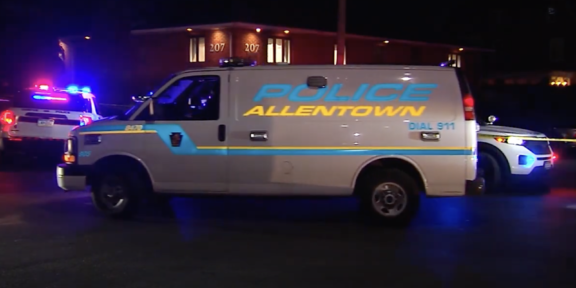In the 1990s, Washington became known as the “murder capital” of the United States when the District had the highest per capita murder rate of any major city in America, even in comparison to cities with larger populations such as Los Angeles, Chicago and Detroit.
The District’s homicide rate was 81 per 100,000 inhabitants at that time, when its population was just over 600,000.
But, as the new millennium began, homicide rates in the nation’s capital were steadily declining. By the mid-2000s, homicide crime rates in Washington dropped to their lowest levels in more than two decades.
According to national crime statistics and an online statement posted on the Metropolitan Police Department website, murders in the District hit a 43-year low in 2009, when the nation’s capital recorded 143 slayings, the fewest since 1966. The homicide total represented a 23 percent drop from 2008.
This comes as good news after the drive-by shooting that resulted in the deaths of four people in Southeast D.C. two weeks ago. The southeastern quadrant is known to many residents as being plagued by a consistently high crime rate in comparison to the rest of the District.
Dante Davis, 19, who lives in Maryland, right on the border of Southeast D.C. says he has seen a change, but not significantly enough.
“I watch the news daily, and it’s really the same amount type of stories on there in regards to murder on a consistent basis,” Davis said.
However, in the start of this new decade, the murder rate is even lower in comparison to last year. According to MPD website statistics, the District has had only 28 murders this year as of April 12, a 17.6 percent drop from the same period in 2009.
Some residents believe that the decline in homicides is owed to police activity being more prevalent and sufficient. Dante Bullock, 35, a resident of Southeast D.C. said “since the chief of police put so many cops on the streets in the roughest parts of town, homicides have gone down.”
Allison Klein wrote a story published in the Washington Post on Jan. 1 in which she said city officials attributed the decrease in crime to the District having come a long way from the bloodshed of the late 1980s and early 1990s, when street wars over crack cocaine helped fuel more than 400 slayings annually. The violence has been shrinking steadily since and led to its most dramatic dive in 2009.
Terri Adams-Fuller, Ph.D., a criminology and gender studies professor at Howard University and resident of Silver Spring, Md., said that she accounts the the declining number of murders to heightened knowledge of the dangers of crack cocaine.
“The public health department [of D.C.] has done a great job at letting people know how dangerous this drug really is,” Adams-Fuller said. “People are beginning to see that crime and murder is just not worth it.”
Klein quoted D.C. Police Chief Cathy L. Lanier. “We are sending a message to the bad guys,” Lanier said. Homicide detectives closed approximately 75 percent of their cases in 2009, far surpassing previous years and the national average. “Homicides occur, and two days later we arrest the guy,” Chief Lanier said. “Sooner or later, the bad guys are going to get the message that they will not get away with murder in this city.”
Murder rates across the country are falling, with FBI statistics from the first half of 2009 (January to June) showing that homicides dropped 10 percent nationally, compared to the same period in 2008.






